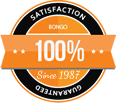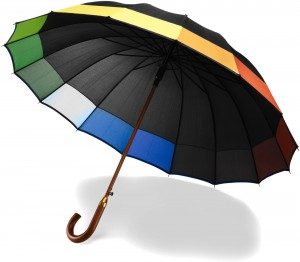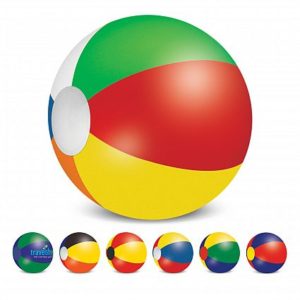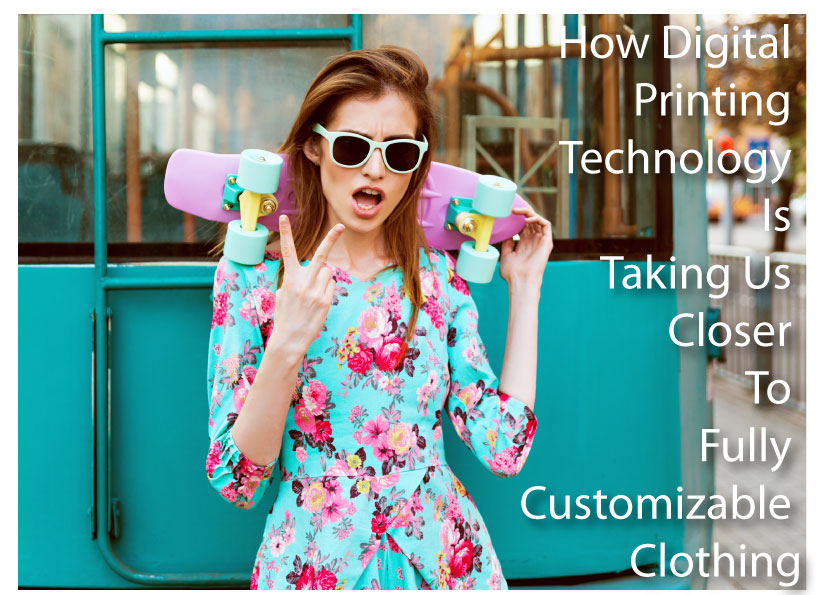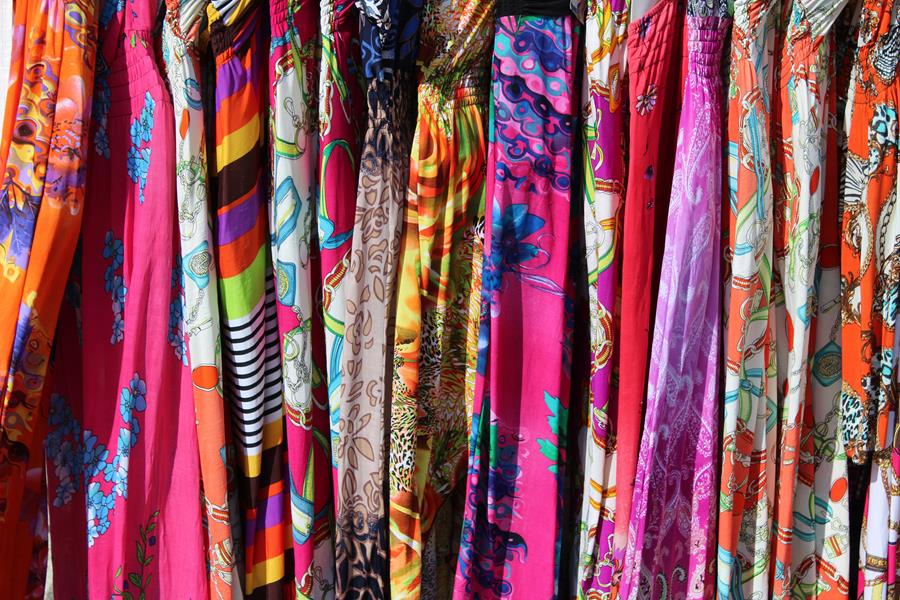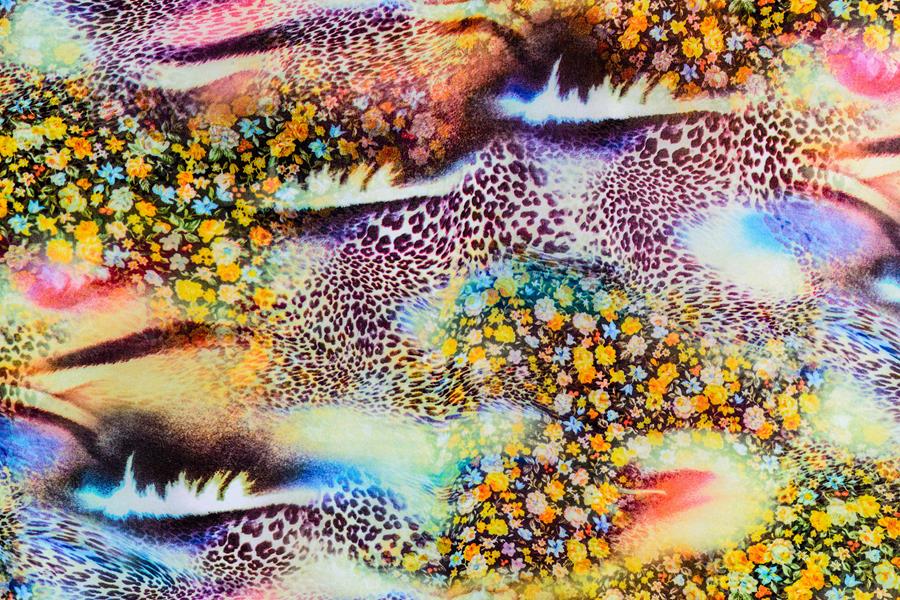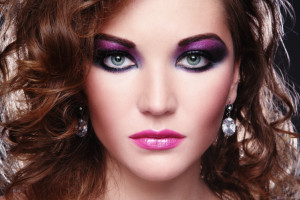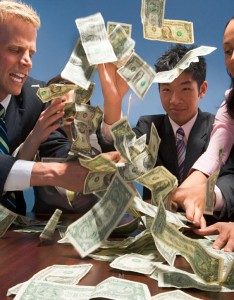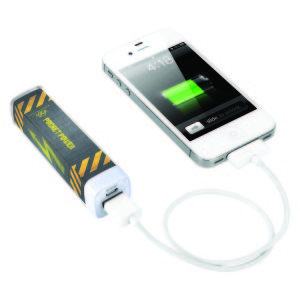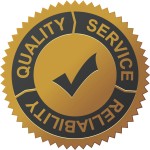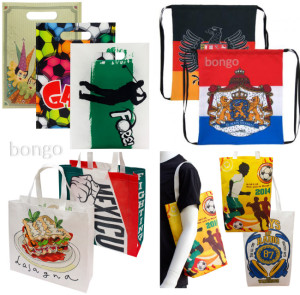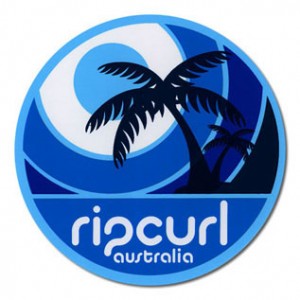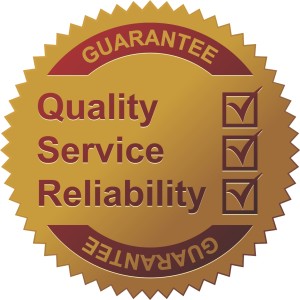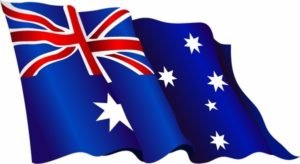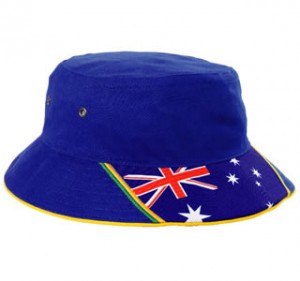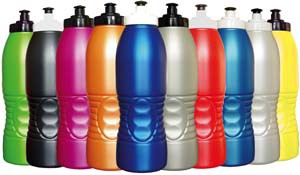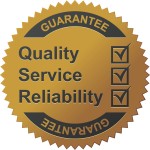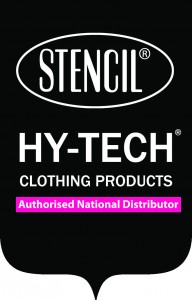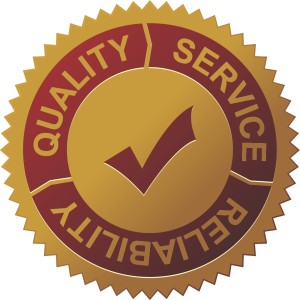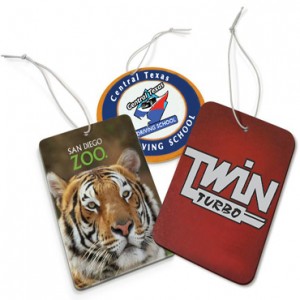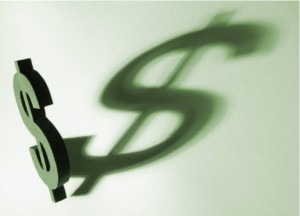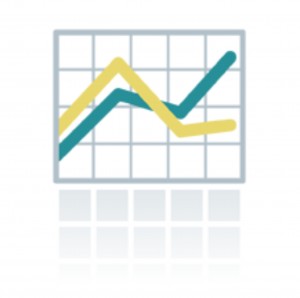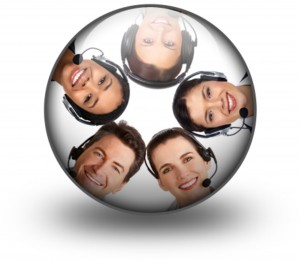There’s no denying how effective promotional products can be for businesses at trade shows – and it doesn’t matter what industry you’re in either. Why? Because the products are designed to get your name and branding in front of people, to help them remember you when they’re in need of your product or service.
Nowadays there is such a wide range of promotional products available to give out at trade shows, so you’ll be able to find something that suits your target audience and your budget.
Let’s start with the classics…
The most obvious choice of promo product for a trade show would be pens. Because, let’s face it, everybody needs a pen. It’s small enough that anybody can grab one; they don’t even need a bag for it – they can just pop it in their pocket, if needs be.
One thing to remember when giving away pens is that it shouldn’t feel too cheap – while we all need pens, nobody wants a cheap one. But don’t worry… this doesn’t mean you’re going to have pay through the nose for every promotional pen you give away. You can actually buy great quality pens at a really affordable price.
Another option that’s small enough to fit in a pocket would be USBs/FlashDrives. It might not be something that’s used everyday by the person you give it to, but it’s highly likely to be sat on their desk at work, just in case they need one. Which means when they’re racking their brains trying to think of who to help with their problem, they’ll spot the USB and get in touch.
Another classic option is mugs – but gone are the days of only being able to choose a bog-standard mug… you can now pick from a wide range of styles so you’ll be able to find something out there that suits your target audience and helps to make you stand out.
Then you have options that are more likely to be used out and about, increasing your brand awareness even further. This includes things like bags, lanyards, umbrellas, oyster card holders, sports bottles, and keyrings.
If you know you’re going to have a stall at a trade show during the wet, winter months, umbrellas are a great option. Think about it… how many times have you left the house and completely forgotten your umbrella, only to get caught in a downpour? Now imagine if you were given a free umbrella at a trade show..? You’d be more likely to remember that company, wouldn’t you?
So not only are you in their mind, when that person uses the umbrella, they’re going to cross the path of potentially hundreds of people in a day. And if the it stands out for all the right reasons, you’ll be in the minds of that see it – all for the cost of an umbrella!
The same goes for oyster card holders – it’s something practical that they’ll potentially use every day, so they’re reminded of your company on a daily basis, it fits in their pocket, and it will be seen by plenty of other people during their commute.
You can even look at watches as a possible option too. These are fantastic at really making sure your business stays at the forefront of your prospects mind. After all, how many companies do you know that give away a free watch at trade shows?
It’s a great way to make sure you stand out amongst all of the other stands there that day… and you’ll become a name that people see on a regular basis as they check the time. So to the end user, it’s an incredibly luxurious product to be given for free by a company that doesn’t really know them but for you, it’s an incredibly cost-effective way to increase your brand awareness on a wider scale – especially if you buy in bulk, as this really keeps the costs down.
And if you want to make sure everyone in the office is reminded of you on a regular basis, you can go for more practical items such as coasters, computer mice, mouse mats, folders, or even clocks!
There really is a great range of promotional products available nowadays, so if you’re struggling to decide which option works best for you, start thinking about what your target audience are most likely to use and what’s going to make you stand out.
Items such as USBs, umbrellas, and watches are great because they’re incredibly cost-effective items that are practical for the end user – plus they’re unlikely to be given out by other people at the trade show. Just because most people stick to pens, lanyards, and mugs doesn’t mean you have to!
Melisa Greenfield, October 2016
Melisa Greenfield is an experienced copywriter who’s been working in the promotional industry for 2 years, helping to promote the benefits of using promotional products to increase brand awareness.

